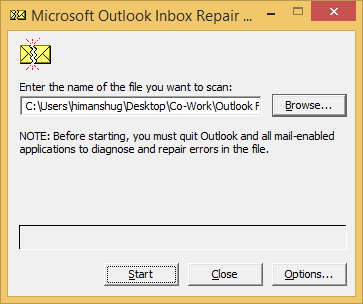


Try identifying programs that are using the most memory and swapping them for an alternative like replacing Firefox with Safari.Īvoid using multiple programs at once when possible, and limit the number of tabs you open when browsing the Internet. Updating your physical RAM, especially with an older MacBook Pro (prior to 2013 models), would help, but that can get expensive and isn’t always necessary. When you see red on that graph, your MacBook is using hard drive space, not RAM, to run, and a random or permanent freeze is likely coming if you don’t close out some applications. Green means you have enough RAM left to open additional programs, but once the graph starts turning yellow, you should close unnecessary programs or take a look at what applications are hogging your memory by looking at the programs listed above that graph. Once you’ve re-started your Mac from that freeze, open Activity Monitor (do a quick Spotlight Search to find it).Ĭlick on the Memory tab and take a look at the Memory Pressure graph on the bottom.

A computer’s RAM (Random Access Memory) is the working memory, and when that fills up, it needs to reach into the hard drive space to operate.īesides making your MacBook Pro slow, filling up the RAM by multitasking can cause MacBook Pro freezes. Often, MacBook freezes aren’t caused by certain applications, but from running too many programs at once. Some problems warrant a trip to an Apple Genius Bar, but there are actually quite a few simple things you can try yourself to fix a frozen MacBook.įrom changes in computer habits to updating your macOS, here are five solutions to consider when your MacBook Pro keeps freezing. When a MacBook Pro freezes, you can hit Command + Shift + Option + Escape to kill a frozen app or do a hard restart by holding the power button, but if those freezes keep happening, there’s a bigger underlying issue.

What’s more frustrating than a frozen Mac? One that stops working altogether.


 0 kommentar(er)
0 kommentar(er)
